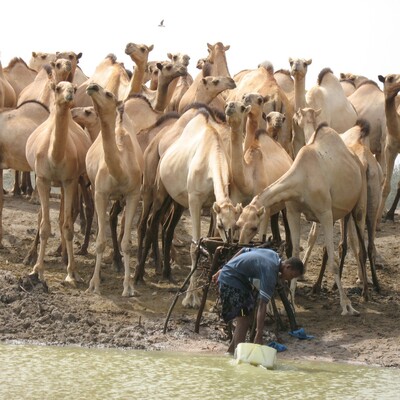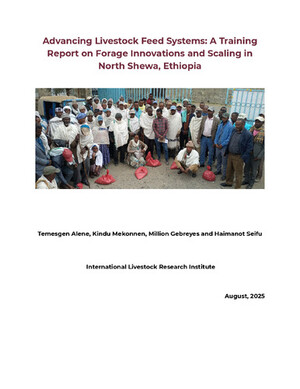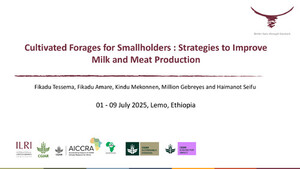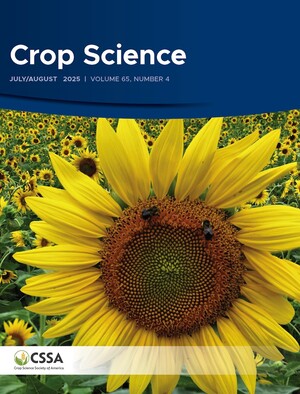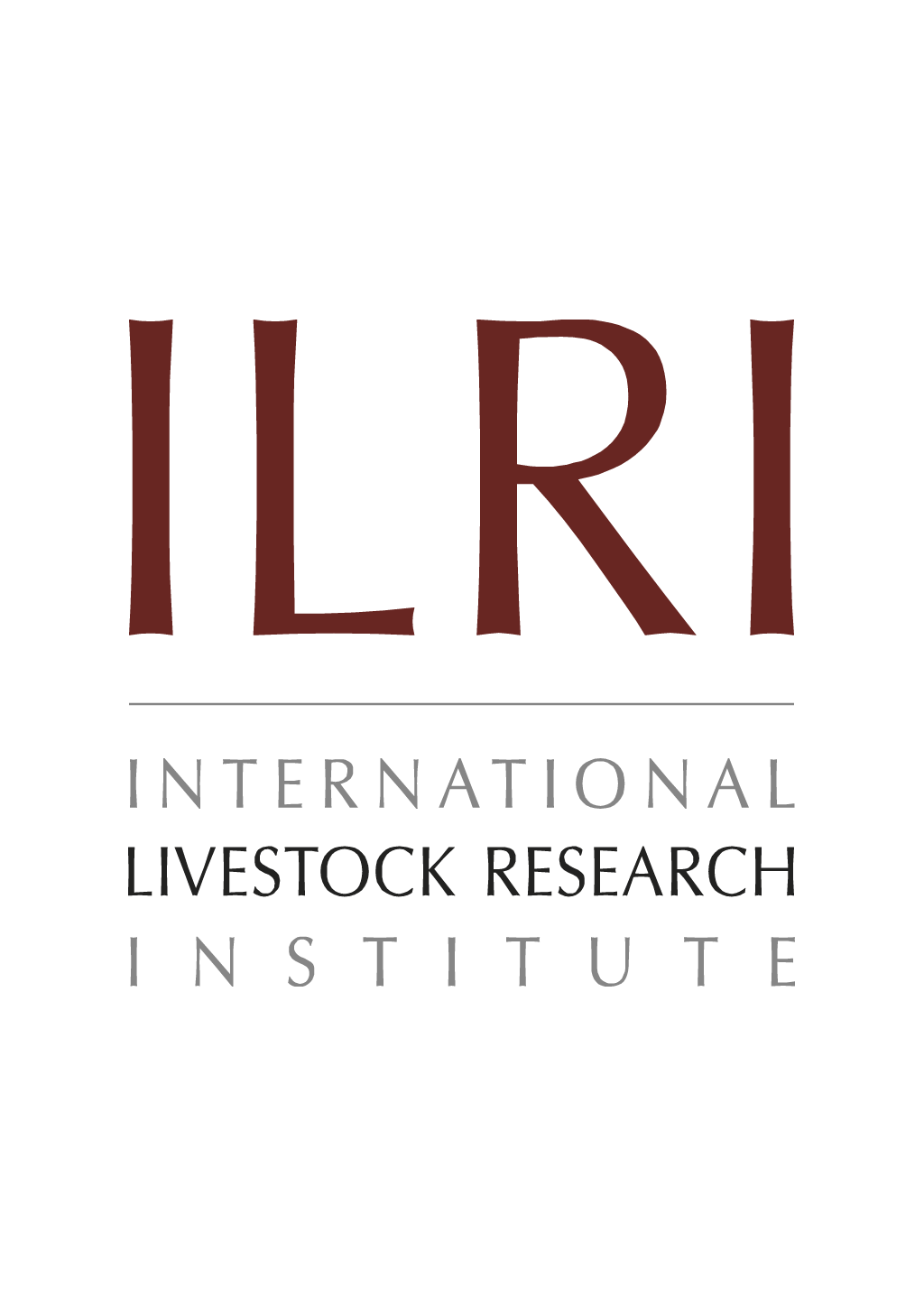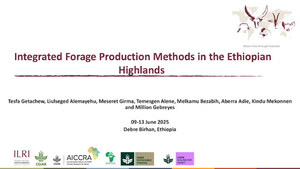
Cereal-forage legume mixed cropping systems in the Ethiopian highlands
Abstract
An on farm tiral, in which a wheat-clover mixed cropping treatment was compared to an unfertilized (control) and N-fertilized (23 kg N ha-1) pure wheat treatments, was conducted at Ginchi (2200 metres above sea level (masl) and Deneba (2600 masl) in the Ethiopian highlands. The total crop residue yields were highest under mixed cropping at both sites. Thus, compared with the pure wheat control, inclusion of clover in the wheat at Deneba produced significantly more fodder dry matter (DM) 5.2 vs 3.2 t ha-1). With higher crude protein (CP) content (4.4 vs 2.2 percent) and in vitro DM digestibility (51.7 vs 45.2 percent), without reducing wheat grain yield significantly (1.9 vs 2.0 t ha-1). At Ginchi, even more fodder (9.6 vs 3.1 t ha-1) with higher CP content (7.6 vs 2.0 percent) and DM digestibility (48.6 vs 34.9 percent) was produced under mixed cropping, but this occured at the expense of wheat grain yield (0.9 vs 1.4 t ha-1). The N-fertilized wheat produced the highest grain yield at each site. The higher plant vegetative growth at Ginchi was apparently associated with greater N fixation by clover as nodule number. Nodule size, nodule activity (internal color), nitrogen content and nitrogen yield were all higher than at Deneba. Therefore, integration of wheat-forage production seems a feasible way of increasing fodder quantity and quality for dry season feeding by livestock in the Ethiopian highlands.
Citation
Sebil;6: 87-92


